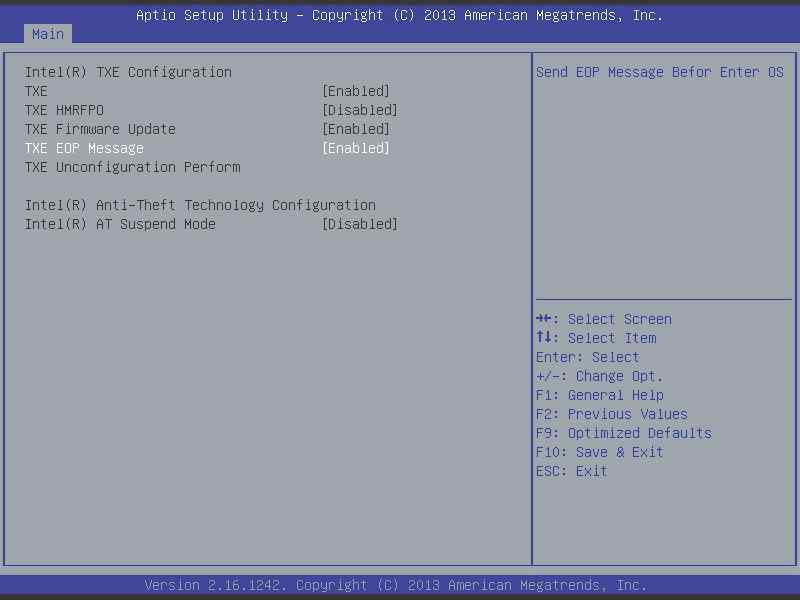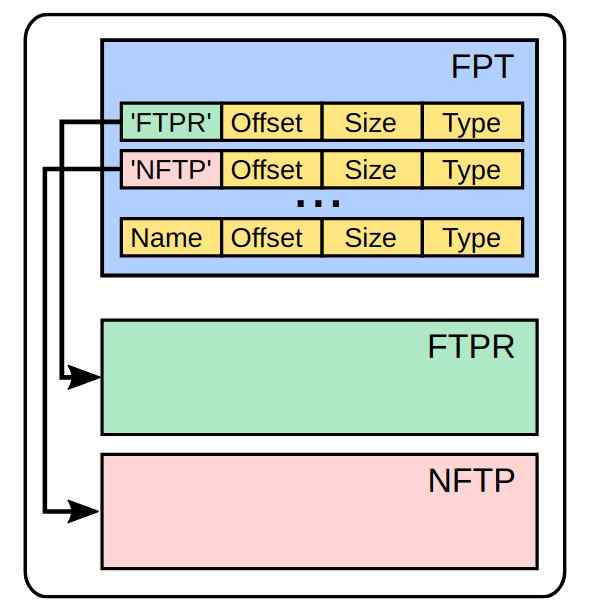Introduction
Until Nehalem (ME version 6) it was possible to remove ME firmware completely. Starting with Nehalem, ME firmware can't be completely removed.
- If ME firmware is missing, the PC will not boot at all
- Earlier ME versions left a 30 minute grace period for recovering from a bad flash, but this is no longer true
Three methods to reduce ME's capabilities have been found: neutering, disabling and soft-disabling.
- Removing non-essential portions of the ME's firmware is commonly referred to as neutering ME
- Setting a bit in the Flash Descriptor which acts as a kill-switch which tells ME to hang after initialization is usually what we mean by disabling ME
Neutering ME
Neutralizing ME: removing non-essential portions of the ME's firmware
- Also called "neutering"
- Not initially designed by Intel
Method discovered by Trammel Hudson and implemented by Nicola Corna in me_cleaner project removes all modules other than those required for platform init
- Modules left in ME 6.0 - 10.x:
ROMP,BUP -
Modules left in ME >= 11.x:
rbe,kernel,syslib,bup, sometimes alsomfsA neutered ME will initialize hardware, then throw an error due to missing firmware -
This sometimes results in power management issues
- Therefore it's not recommended in production without extensive testing
- Functions provided by ME will no longer be operational
ME >= v11.x: Sometimes mfs also needs to be preserved. mfs is responsible
for some of the hardware initialization.
Why is it possible?
- The FPT is not signed, has just a checksum
- The partitions are individually signed
- The offset and size of each partition are saved in each FPT entry
Source: Intel ME myths and reality, Igor Skochinsky & Nicola Corna
Soft-disabling ME

It's also possible to put ME into a soft-disabled state by sending
a HECI SET_ME_DISABLE or HMRFPO_ENABLE message
- BIOS needs to send these messages
- ME will stay disabled until a corresponding
ENABLEmessage is sent - Functional ME firmware must be present
- Usually what the "Disable ME" option in some BIOSes does
- Also offered as an option when buying some laptops (e.g. Dell)
HAP / AltMeDisable bit (aka disabling ME)
Method discovered in 2017 by Positive Technologies. Initially introduced by Intel for government/intelligence purposes.
- Not even the US government trusts ME entirely!
Also supported by the me_cleaner project Involves setting an undocumented, secret bit in the Flash Descriptor which acts as a kill-switch for the ME
AltMeDisableon ME versions < 11.x- HAP (High Assurance Platform) on ME versions >= 11.x
Leaves ME in a stopped state, lets it shut down gracefully instead of erroring out - This can help prevent issues with power management that may arise from disabling the ME - Supported by some OEMs
3mdeb official statement
Whenever it is possible 3mdeb try to minimize impact of (CS)ME/SPS/TXE or any other firmware residing on peripheral or built-in CPUs.
